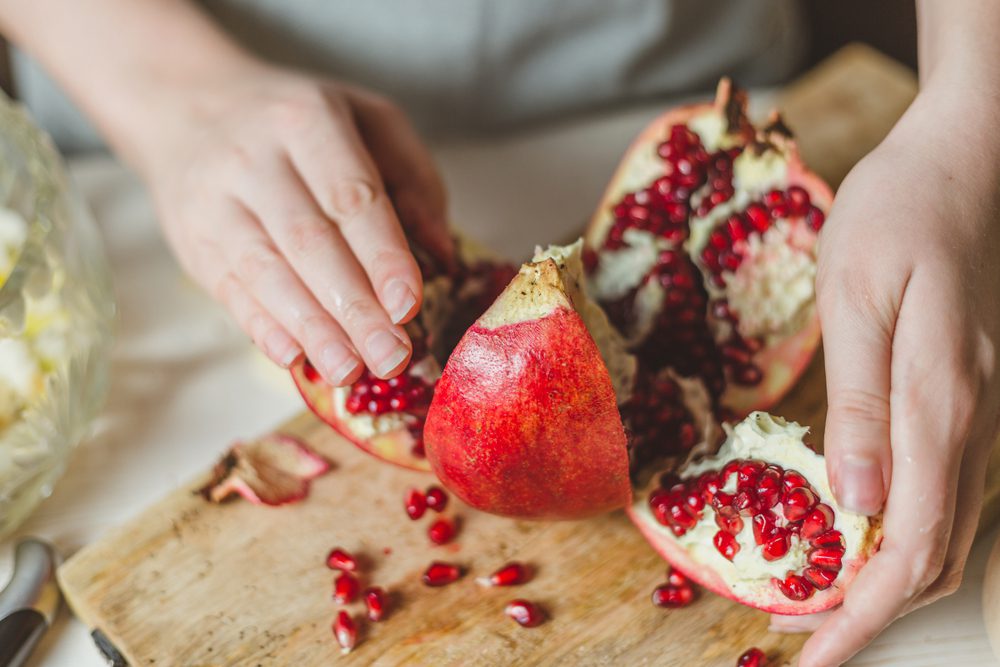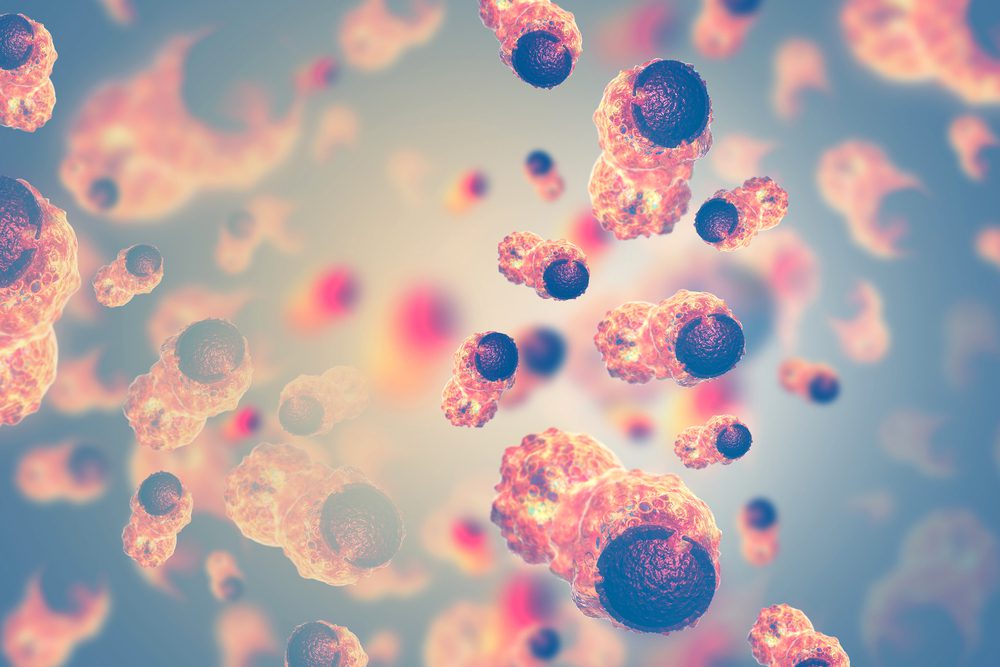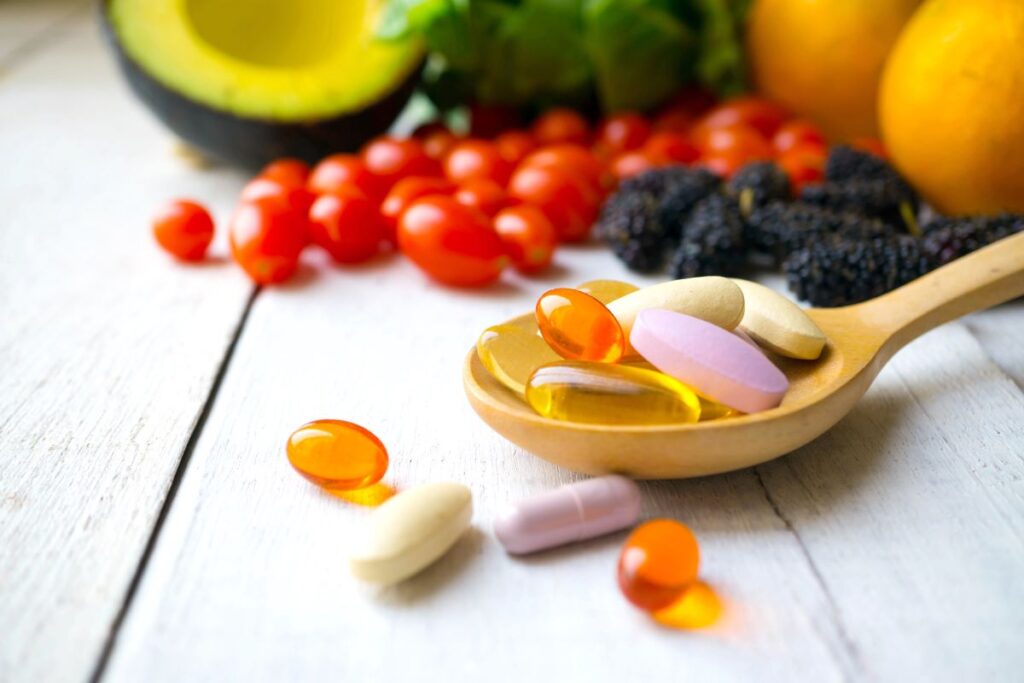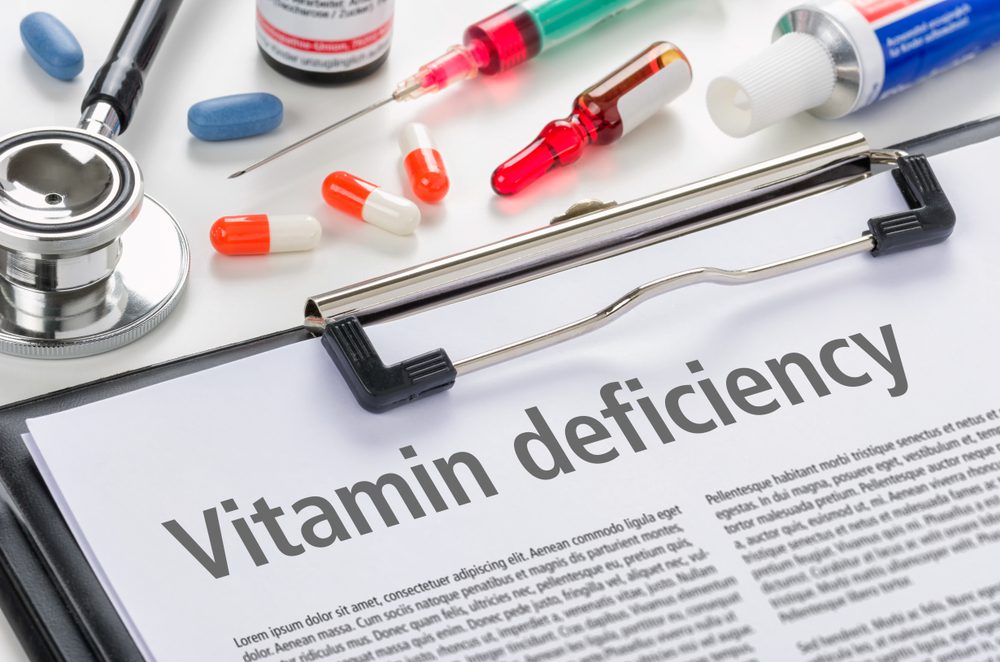The Top 10 Brain-Boosting Food Groups on the MIND Diet
So, what foods are included in the MIND diet? The beauty of this plan is its focus on adding delicious, whole foods rather than on strict deprivation. It centers around 10 “brain-healthy” food groups. Let’s explore each one.
1. Green, Leafy Vegetables
These are the superstars of brain health. Leafy greens like spinach, kale, collard greens, and romaine lettuce are packed with nutrients like vitamin K, lutein, folate, and beta-carotene. These compounds are known for their anti-inflammatory and antioxidant properties. Studies suggest that they help slow cognitive decline. Aim for at least six servings per week. A serving is about one cup cooked or two cups raw.
2. All Other Vegetables
Variety is key! In addition to your leafy greens, make a point to eat at least one other vegetable every single day. Colorful vegetables like broccoli, bell peppers, carrots, and squash provide a wide array of vitamins and phytonutrients that work together to protect your brain cells from damage. The more colors on your plate, the better.
3. Berries
If you’re going to choose one fruit for brain health, make it berries. Blueberries, strawberries, raspberries, and blackberries are bursting with flavonoids, the natural pigments that give them their brilliant hues. These flavonoids, particularly anthocyanins, have been shown to improve communication between brain cells and enhance memory. The MIND diet recommends eating berries at least twice a week.
4. Nuts
Nuts are a fantastic source of healthy fats, fiber, and antioxidants. A specific nutrient they contain, vitamin E, is a powerful antioxidant that helps protect neurons from oxidative stress. The MIND diet suggests five or more servings of nuts per week. A serving is a small handful (about a quarter cup). Choose unsalted varieties like almonds, walnuts, and pecans for the best benefits.
5. Olive Oil
Make extra virgin olive oil your primary cooking oil. This cornerstone of the Mediterranean diet is rich in monounsaturated fats and contains a compound called oleocanthal, which has potent anti-inflammatory effects similar to ibuprofen. It helps protect the brain by fighting the chronic inflammation linked to neurodegenerative diseases. Use it for sautéing, roasting, and in salad dressings.
6. Whole Grains
A healthy brain needs a steady supply of energy, and whole grains provide it. Unlike refined grains that cause blood sugar spikes and crashes, whole grains like oatmeal, quinoa, brown rice, and whole-wheat bread release glucose slowly. This provides consistent fuel for your brain. Aim for at least three servings of whole grains each day.
7. Fish
Fatty fish are the best dietary source of omega-3 fatty acids, particularly DHA. Your brain is made up of about 60% fat, and a large portion of that is DHA. This essential fat is crucial for building brain and nerve cells and is vital for learning and memory. The MIND diet recommends eating fish, especially fatty fish like salmon, mackerel, tuna, and sardines, at least once a week.
8. Beans
Beans, lentils, and chickpeas are an incredible, low-cost source of plant-based protein, fiber, and B vitamins. The fiber helps stabilize blood sugar, providing that steady brain fuel we talked about. B vitamins, especially folate, are critical for producing neurotransmitters, the chemical messengers that carry signals in your brain. Include beans in at least four meals per week.
9. Poultry
Lean poultry like chicken or turkey is a great source of protein and provides a healthier alternative to red meat. Protein is essential for building and repairing tissues throughout the body, including the brain. The MIND diet recommends two or more servings of poultry per week. Be sure to choose baked or grilled preparations over fried.
10. Wine
This is the most optional component of the diet. Some studies suggest that drinking one small glass of red wine per day may be beneficial for brain health, possibly due to a compound called resveratrol. However, the key word is moderation. If you don’t drink, there is no need to start. The benefits do not outweigh the risks if you drink more than one serving per day. You can get similar benefits from eating red grapes and berries.
***




















